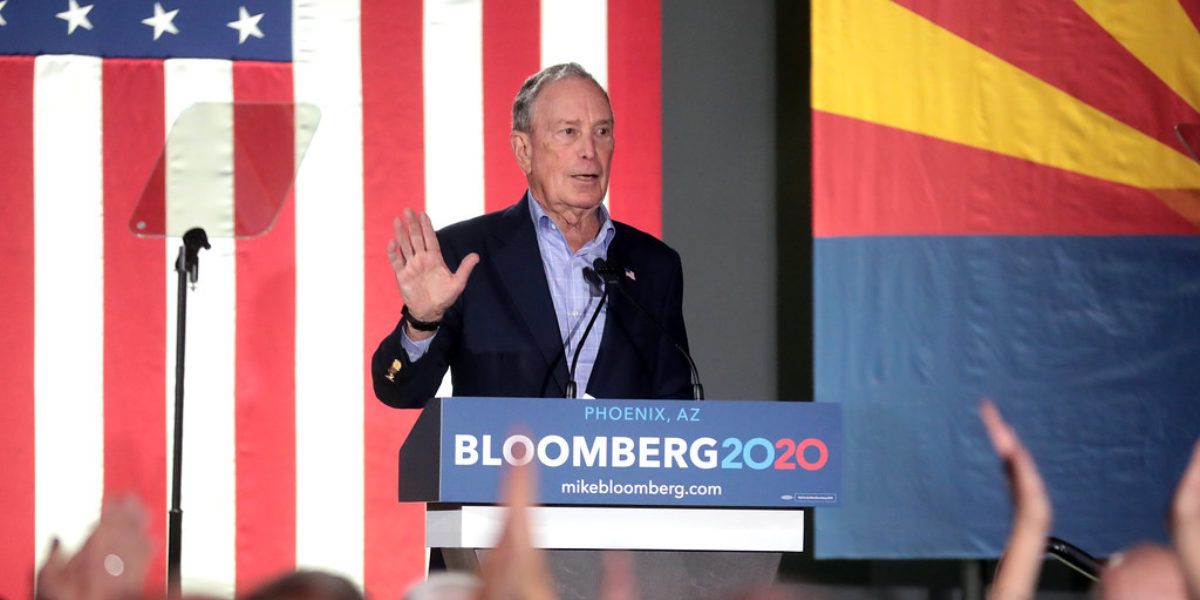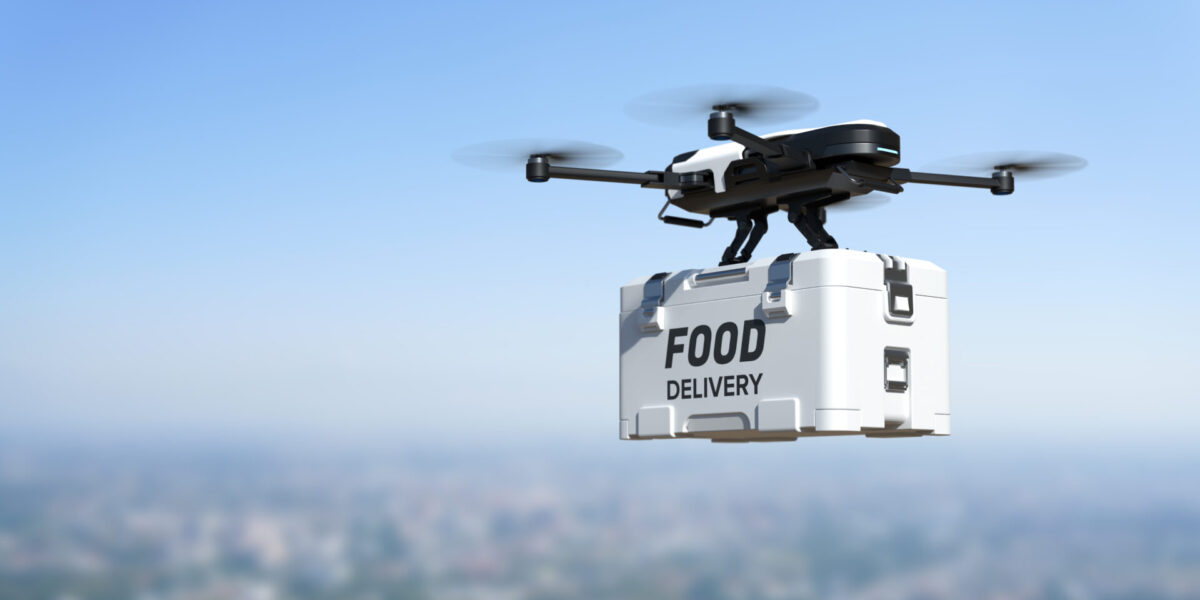What can marketers do during the COVID-19 health emergency? That’s what every marketing consultant, every member of a marketing department, and every owner, CEO or manager who directs and/or creates marketing for her organization is asking.
There is no playbook for this situation, because this specific situation has never been seen. However, we can be guided by common sense and experience from other national emergencies and global events.
Know this — you can win. You can come out ahead. You can achieve more than you expected and definitely more than your competitors.
In these situations, we tend to focus on how helpless and devoid of solid answers we are. But we must focus on the opposite. Focus on what you can do. And since there are no solid answers, you have to create some — and plan accordingly.
The biggest question is when?
When will the pandemic be over? When will businesses re-open and people be out and about again? We don’t know for sure, but if we track China’s recovery we can make some educated guesses.
According to Thrive, a Texas-based digital marketing expert, the U.S. is about six to eight weeks behind China in the spread of the virus. The U.S. responded faster than China, but even using China’s recovery timeline, the U.S. should see a dramatic decrease in positive tests sometime before May. Depending on your operating level now, you could be disrupted just 4-6 weeks. For some, that’s death. But for others, it is an unfortunate but survivable event.
So when things get back to normal, you don’t want to be left behind your competitors in a race to regain any potential lost revenue.
Thrive says:
At a time when much has come to a standstill, business owners need to keep pushing forward with the reality that they will need to be positioned for a strong fiscal second half of 2020 to meet their revenue goals.
What are the smart marketers doing? And what can you do?
The strategy you use depends on how the emergency has impacted your business. If your business is open and you’re able to sell, you can keep building sales. If your business is closed or has been severely interrupted, keep building your brand.
Regardless of the situation your business or organization is in at the moment, you must:
- Work smart to retain your existing customer base.
- Get even more visible in front of your target market.
- Use this opportunity to build relationships and go a little deeper with customers, fans and prospects.
The predictions are for pent-up demand to be very strong when things normalize. Research from most marketing think tanks indicates a large share of the extra time consumers find themselves with during this pandemic is being spent online.
Where should you and your brand be during this time?
That’s right: online…with digital ads, pay-per-click, pre-roll video and social media with above-average creative content. And since more and more people are watching TV through a streaming service, don’t neglect your TV buy during this time.
The interruption period provides an opportunity to educate, build awareness and even relationships that can translate to sales as soon as the governors yell, “Olly olly oxen free.”
When consumers finally come back out to play, they’ll be looking to buy the things that have caught their attention and whetted their appetites during the past 4-6 weeks.
Your messaging needs to be sensitive and compassionate. It needs to be helpful. But if you’ve done your job and stayed in touch with your market, your organization can survive COVID-19 and still have a very healthy year.













Comment